|
Whenever I go to Manchester I try to call in at the Art gallery, especially if there is a new exhibition on. Unfortunately, like many galleries, because of cut backs these don't tend to change as often as they used to. The present exhibition by mother and daughter Caroline Broadhead and Maisie Broadhead is one that I hadn't seen before. "The exhibition presents new works in response to historic paintings of women by famous male artists who are represented in Manchester Art Gallery’s collections, including Lord Frederic Leighton and John William Waterhouse. The artists interrogate how the pictorial conventions of historic paintings and their elaborate frames affect our perceptions of the women depicted. By blurring, transgressing and stretching the frames and edges of images, the artists disrupt the relationship between the picture and its surrounding. These interventions raise questions about how the women have been represented and create dialogues between the past and the present."  Maisie uses Digital photography to reference historical paintings and distorts the frames hoping to raise questions about how the women have been represented and create dialogues between the past and the present. The use of these misshapen frames certainly makes the exhibition unique, but begs the question, 'Is this just a gimmick?' This obviously is up to the viewer to interpret for themselves. In some cases the melting effect of the frame works well and helps the intended interpretation but in others I feel the photograph stands well enough on its own and the frame can distract from this. I liked the pictures best that show a modern interpretation of the historic paintings; others looked very similar to the original era depicted. However, nowadays, with the difficulty of being accepted by galleries, if one takes a more cynical view, and considered this unusual way of framing to be more of a contrivance to catch the attention of galleries, I wondered if more artists would re visit their own framing techniques! Caroline uses, "beadwork and found objects to make enigmatic three-dimensional objects which investigate physical and psychological aspects of the paintings." It was harder to see how some of these related to the historic paintings although the beaded portrait was impressive and must have taken a great deal of time. I thought that it would be interesting to see this style as an original portrait rather than a copy of an existing piece. The photographs were impressive and I could have easily believed that they were painted by the Pre Raphaelites. The 3D work was interesting and worth seeing, as is much of the work in the gallery.
Another worthwhile and thought provoking visit.
0 Comments
After a busy couple of weeks since our return, it was interesting to reflect on the visit. As well as the trips out, the most memorable impression was the light during the day. The sun was only up for about four hours but the light in the morning and late in the afternoon, was awe inspiring. Admittedly, we were lucky with the weather, during our time in Iceland, with no rain and mainly clear skies. During our walks along the sea front and trip back from the Blue Lagoon, the sky had a wide range of colours from reds to purples; oranges and blues and these changed at different times of the day. As well as the Solfar sculpture, shown above, there were interesting stone sculptures made by visitors, to which we added one of our own. There were also ones around town using the natural stone from the area. As we explored further, we found several more sculptures. The first one is a modern religious interpretation found in the Hallgrimskirkia church, a sculpture in itself, where you can get a lift to the top for stunning views of the city. The second figures were outside the Perlan Museum, that again had excellent views of the city from its rooftop. As we wandered around the streets, there were also several impressive murals, which seem to be appearing in many major cities now and, if done properly, I believe can enhance the area. There were also several art galleries, although for some of them you could only view by appointment. It was interesting to see how the environment influenced several of the artists who produced almost abstract interpretations of the landscape in the area. Others introduced portraits, sometimes influenced by the local folklore. In the UK we are lucky to have such a diverse subject matter to interpret. A great week in the town apart from one poor Chinese meal, we even ate Icelandic Tusk, a local fish, we had never heard of! Sunday arrived all to quickly and it was time to leave but on the coach we were informed that there was a three hour delay on our flight. Rumour had it that this was because of the drone problems earlier at Gatwick. Having such a long time in the airport, it was a shame that I had packed my drawing equipment in my case. I finished up having to buy a pencil, at a slightly inflated price and managed to do a few quick sketches in a small art pad that I found in my carry on bag. This helped to pass the time. Eventually, our flight was called and we were on our way home. After this short, but extremely enjoyable break, it was back to reality and the preparations for Christmas day.
|
AuthorPhilip Westcott Categories |

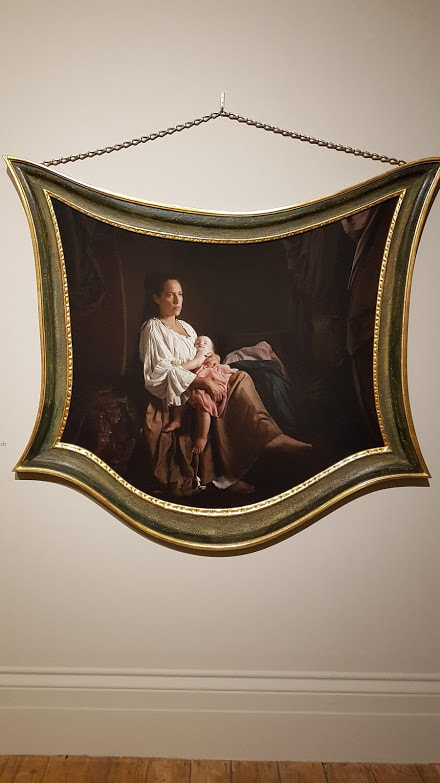
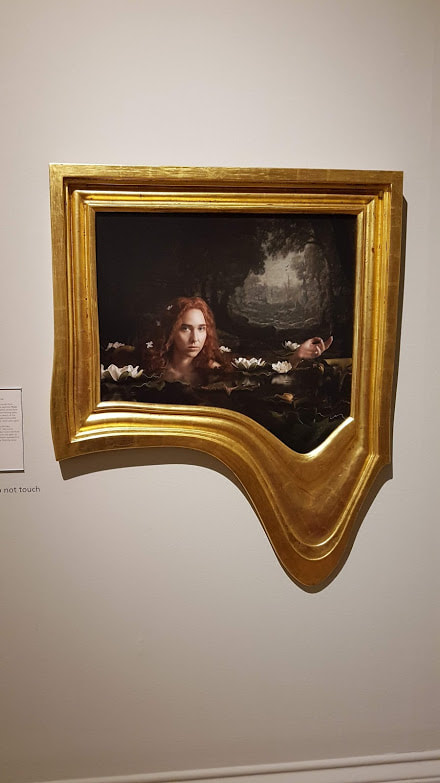


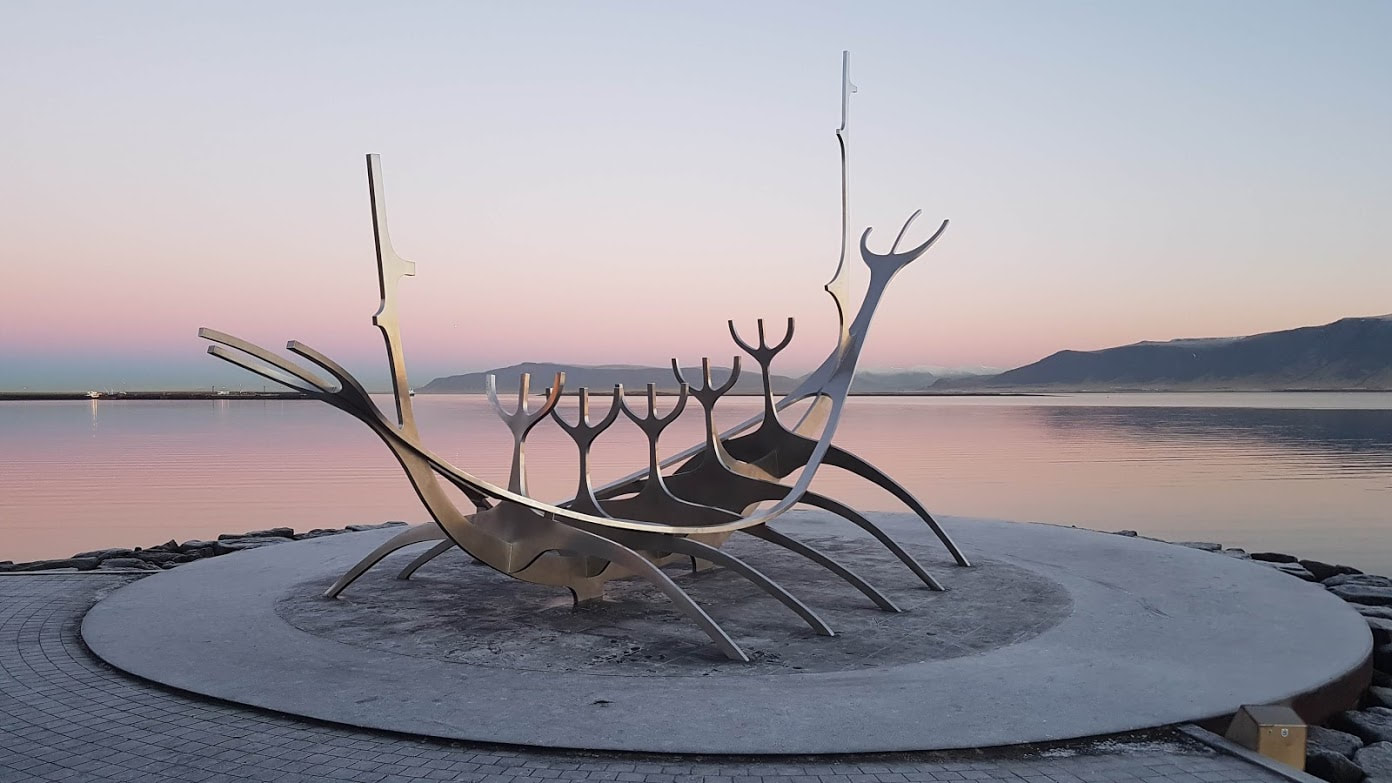






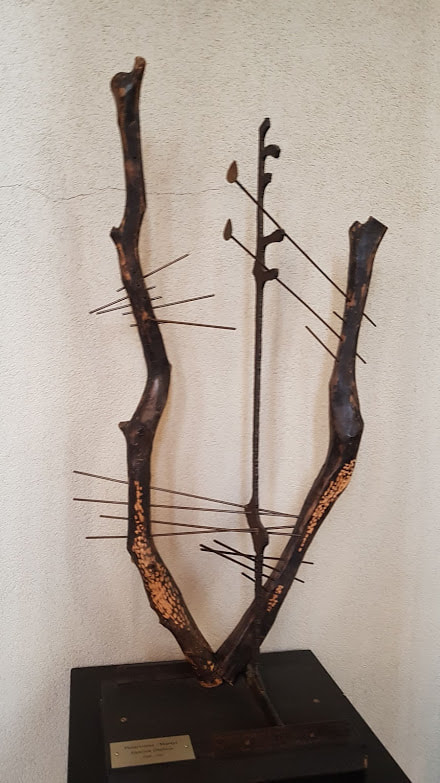

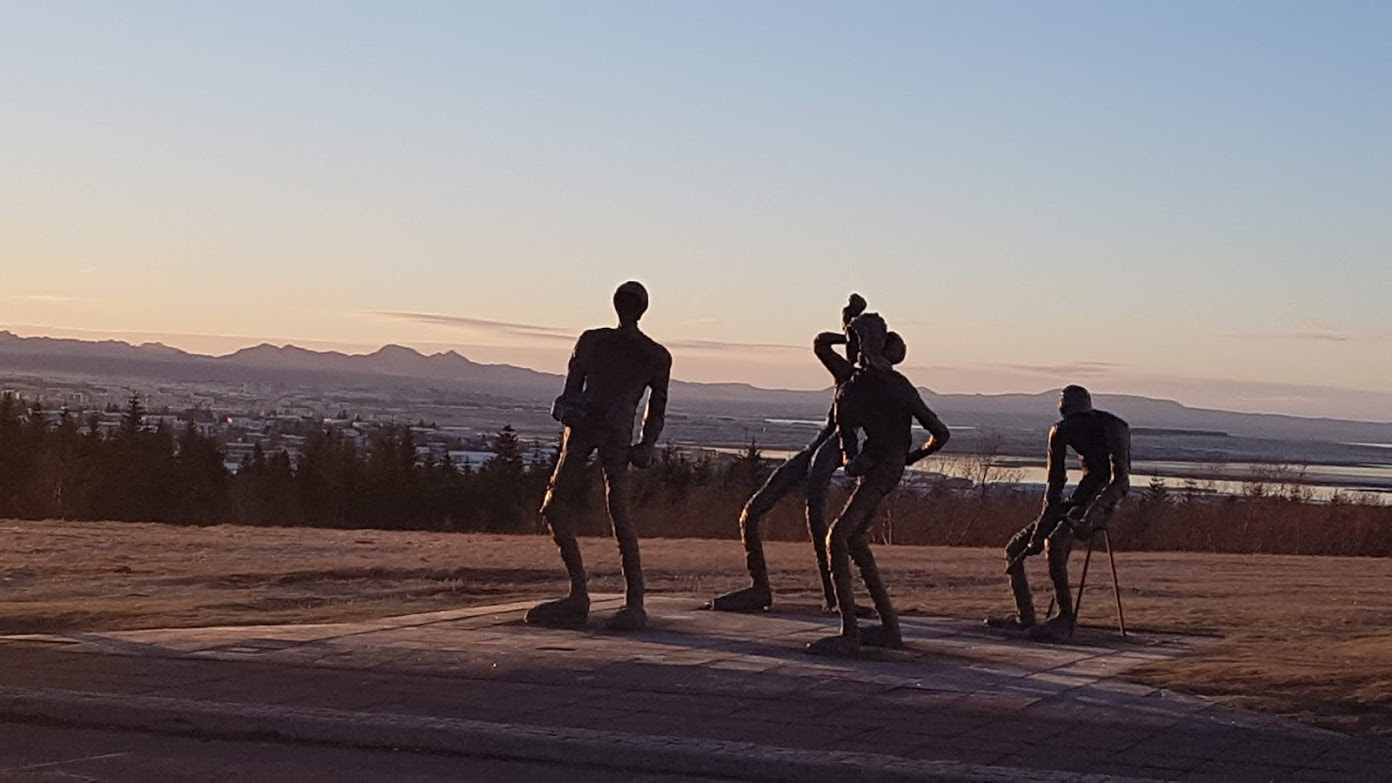





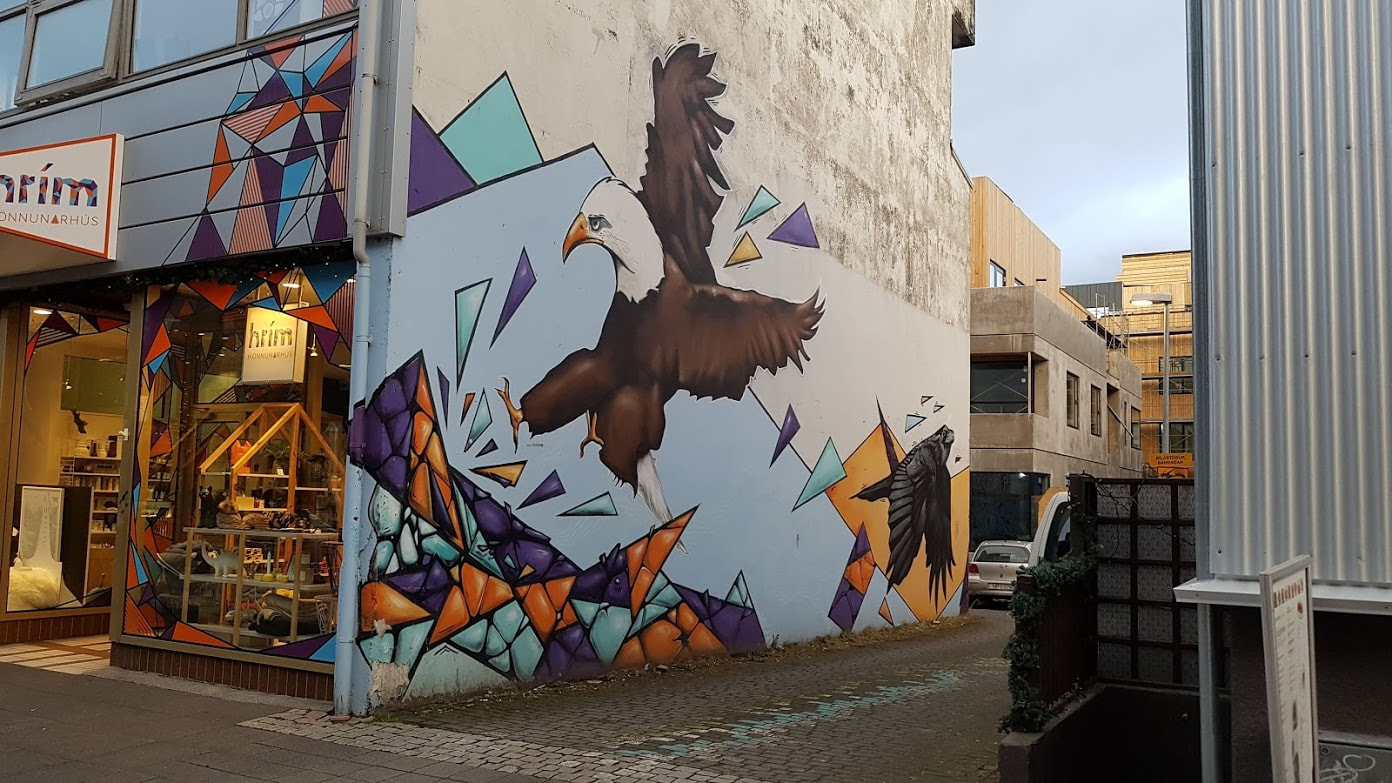


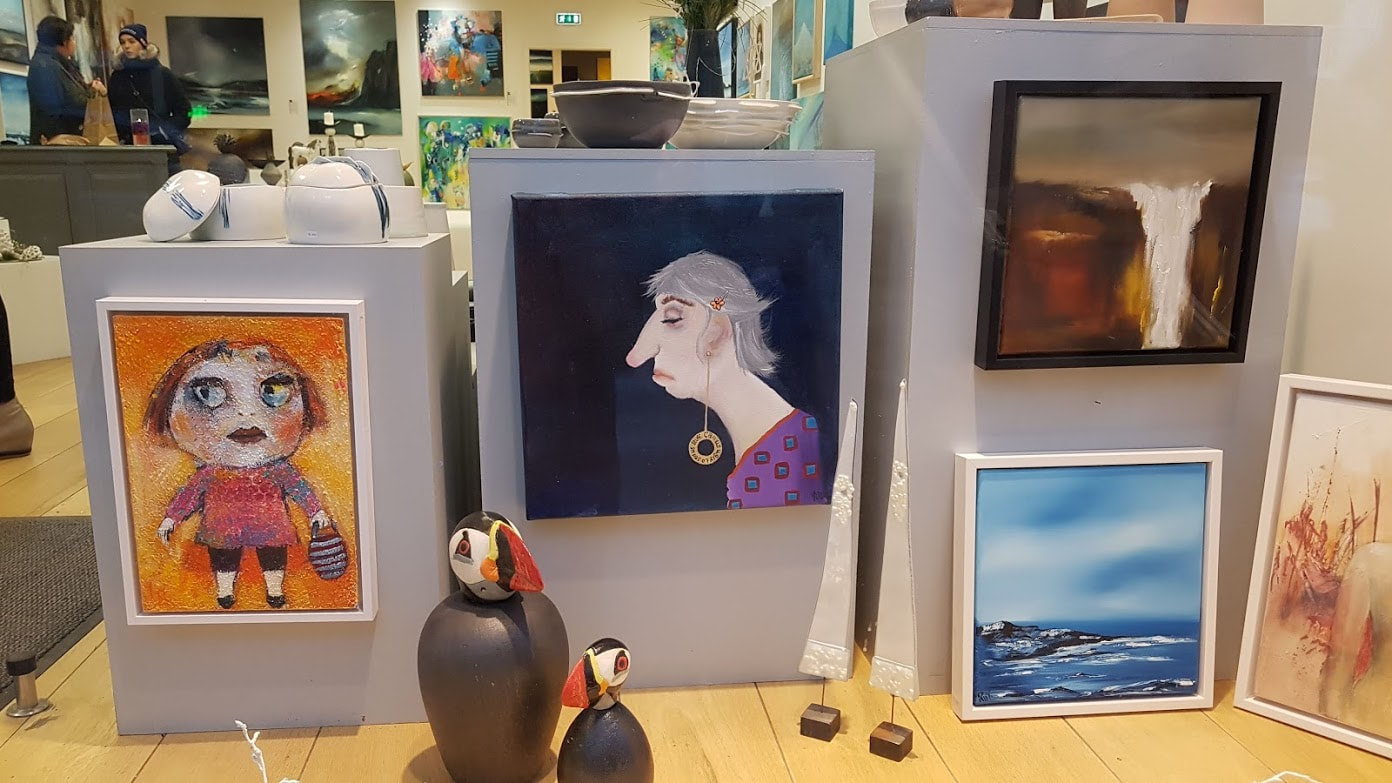






 RSS Feed
RSS Feed